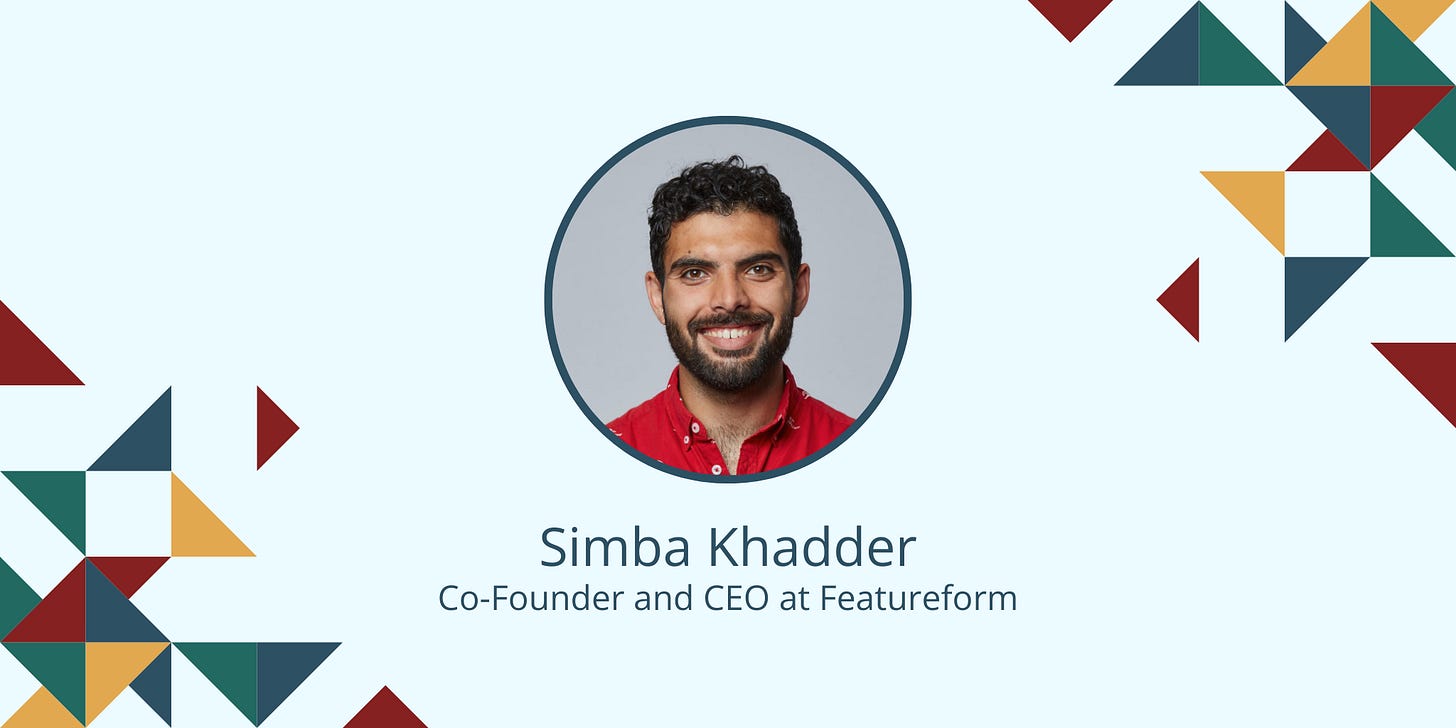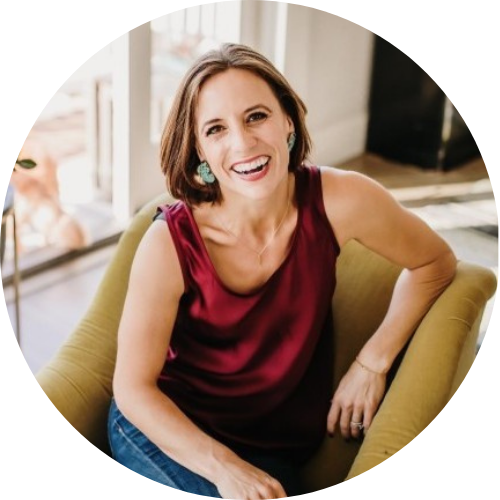I’m excited to introduce you to a fantastic leader, Simba Khadder, Co-Founder and CEO at Featureform. Over the past nine months, Simba and I have worked together to refine his approach to leadership, particularly in the art of delegation. As a result, he has empowered his team to excel and innovate more independently. In this article, Simba shares his insights and strategies. I hope you find his narrative and practical advice valuable.
Thank you, Simba!
— Amanda
I’ve been a founder for about six years. My background is in engineering, but when I launched my current venture, I stepped into roles that were completely new to me: managing people, driving sales, and tackling marketing for the first time.
It was a rush, but also incredibly challenging as our company began to grow. I was deeply involved in the details. Initially, this worked. But as we scaled, I realized this level of involvement was unsustainable.
Early on, we faced a major crisis—a false start—that served as a forcing function to reevaluate our approach. We thought we had nailed the product-market fit, but reality hit hard when we discovered that significant changes were necessary.
This period was a wake-up call for me: I needed to move from doing it all to empowering others to take the lead.
I couldn’t do what I had always done
After our funding round in February of 2023, where we raised five and a half million, we faced the challenge of expanding our team while wanting to preserve our start-up's scrappy nature. We had a handful of customers that I knew and worked with closely during development. It was clear that our operating model wasn’t sustainable as we scaled, yet we weren't ready to staff like a larger company.
I had to recalibrate my involvement in day-to-day operations. It wasn’t just about delegating tasks; it was about fundamentally reshaping my role to empower others effectively.
I oscillated between being overly involved—personally building, selling, and doing everything—and being too distant, simply setting metrics and expecting the team to meet them without guidance.
What we needed was a balance, a middle path that I struggled to find on my own, especially under tight timelines. I knew I had to recalibrate my involvement in day-to-day operations. It wasn’t just about delegating tasks; it was about fundamentally reshaping my role to empower others effectively. This meant guiding the team not by doing their tasks but by supporting their decision-making processes.
Walking this tightrope required some new strategies
The first big shift in my role was learning to work through people rather than tackling everything myself. Directly delegating complex challenges like hitting revenue targets or developing crucial product features can be overwhelming for the team. Instead, I focused on empowering them with full tasks, actively guiding them through a collaborative process.
The true beauty of this strategy was its compounding effect. Each team member not only tackled their tasks but also grew from the experience, gradually becoming capable of managing more complex challenges on their own.
I didn’t just assign the work and step back. Instead, I made it a point to sit down with them, break down the tasks, and dig into their thought processes. This interaction ensured they understood their responsibilities fully and embraced them with confidence. I learned how to nurture the team and help individuals grow into their roles, particularly those stretching into new responsibilities.
Striking this balance—neither too hands-on nor too hands-off—was a game-changer. It enabled me to guide the company's strategic direction while building a culture of productivity and creativity among the team.
New strategies; tangible results
Team members, who were hired into stretch roles, not only adapted but thrived, growing into their positions with greater understanding and capabilities.
This growth was particularly evident during a critical product release that demanded coordination across various functions of the company. The release impacted a large segment of our customer base, and came with an unforgiving timeline. By helping each team member leverage their strengths—whether resourcefulness or methodical precision—we achieved our goals.
Beyond meeting deadlines, we cultivated a team dynamic where diverse approaches were recognized and valued. Potential conflicts became generative debates where we engaged in a logical, rational fashion, rather than being purely emotional or opinion-based.
Ultimately, we established a sustainable work culture that was aligned with our long-term goals and found a way to maintain our agility while continuing our upward trajectory.
My advice to others is threefold
First, realize that there’s never a right way to do things. Each situation, each team member, and each stage of your company will demand different strategies and approaches. What worked in one scenario may not work in another because the dynamics and the people are different.
Second, if you find yourself needing to do everything or struggling to let go, remember that your strength in the early days may become your weakness as you grow. It’s important to recognize when your successful tactics need to evolve. Sometimes, the qualities that got you here won't get you there.
Lastly, don’t hesitate to seek help. Building a network of trusted advisors outside your company can be invaluable. These mentors can provide perspective that is detached from the day-to-day operations of your business, helping you see the bigger picture and offering much needed guidance.
Leadership isn't one-size-fits-all, it comes in many forms. The “right way” is the one that aligns with who you are and what your team needs.
All of this is to say, find the best version of yourself as a leader, one who empowers others and creates an environment where everyone can contribute their best. Recognize your strengths and limits—it's not about emulating someone else's style, no matter how much you admire them.
Leadership isn't one-size-fits-all, it comes in many forms. The “right way” is the one that aligns with who you are and what your team needs.
Interested in exploring my coaching practice?
I offer a complimentary discovery session to assess fit. I’d love to hear from you.




